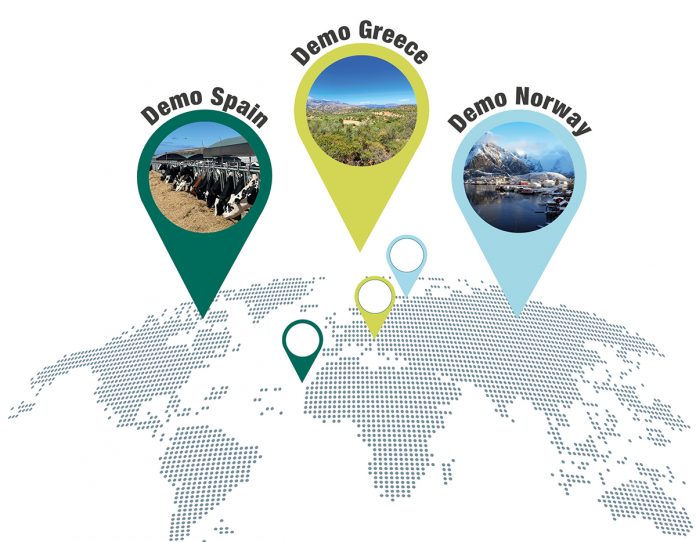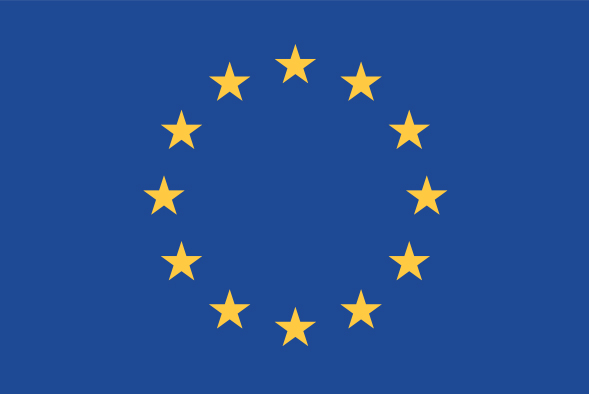Professor Massimo Santarelli brings to light H2020 project REMOTE, which has developed innovative hybrid storage systems using green hydrogen
The increase of renewable energy sources (RES) in the EU’s energy mix is one of the lynchpins of the European actions towards meeting the climate targets of reducing greenhouse gas emissions. The integration of RES is challenging in remote areas, where it goes together with the need of ensuring daily and seasonal electricity storage. Indeed, remote locations may not be connected to electricity grids or may have unreliable connections and rely on diesel-powered generators as a backup when local renewable energy is scarce.
However, diesel is a pollutant, and delivering it to remote locations is expensive. Aiming to help remote locations become energy self-sufficient and contribute to the EU’s goals, the H2020 project REMOTE has developed innovative hybrid storage systems based on batteries and green hydrogen to ensure the needs of renewable-powered remote communities. The aim of the project is to design, deploy and demonstrate this concept in three different remote sites in Europe for a total installed power output of 250 kW. To achieve this goal, REMOTE brings together 14 partners, from industrial providers to final users, research centres and academic institutions, coordinated by Politecnico di Torino (Italy) to demonstrate the viability and reliability of hydrogen-based hybrid energy storage.
Hydrogen-based electricity storage
The REMOTE systems realise a Power-to-Power concept, composed by low-temperature electrolysers (both alkaline and PEM), Lithium-ion batteries and pressurised hydrogen tanks for the energy storage section, and PEM fuel cells to produce electricity from the stored hydrogen. The hybrid battery-hydrogen solution exploits the cost-effective long-term storage capability of hydrogen that avoids the oversizing of battery, which is optimally sized for the short-term storage on a daily basis. All the components are integrated by converters and power electronics and operated by an Energy Management System. Data acquisition systems are installed to monitor the performance of each demonstrator.
As yet, all the installed technologies are well established if taken individually, but the design, operation and day-by-day management of the integrated system is the core innovation of the project, and its on-field demonstration is at the heart of REMOTE.
The demonstration sites across Europe
REMOTE is rolling-out its hybrid storage technology at three test sites across Europe, with different characteristics.
In Rye, Norway, the system is installed in an isolated micro-grid providing electricity to a local farmer. Here, electricity is gathered from solar panels and a wind turbine.
Over in Agkistro, Greece, the project installed the demonstrator at an agri-food industry. The site is powered by hydro-electric generators and the energy storage plays the role of a backup system.
These two demonstrators are already in operation.
At the Canary Islands, Spain, a demonstrator is being installed in one of the most important cattle farms of the archipelago. Solar panels and a wind turbine will provide the renewable electricity.
Achievements and impacts
Numbers from the field are demonstrating the effectiveness of the hybrid storage. The systems are successfully operating with all the RES profiles and weather conditions, proving the capability of self-starting in very low temperatures at the Rye site. Here, in the first six months of operation, 60% of the local renewable electricity has been delivered to the user through the Power-to-Power system, that is effectively tackling the mismatch between renewable generation and demand. The demonstrator in Norway also won the technical challenge of the off-grid start-up of the wind turbine.
In Agkistro, the system achieved an average measured round-trip efficiency of 67%, showing how the technology hybridisation is able to boost the efficiency of hydrogen-based storage. Above all, the renewable storage chain is providing energy to users with zero emissions and reducing the noise pollution compared to the alternative diesel generators. Indeed, at the Canary Islands demo site, emission savings of around 50 tonnes of CO2 per year are expected due to the reduced use of diesel.
And the impacts go beyond the numbers of efficiency and emissions. Indeed, the system can be operated and maintained by local trained personnel with remote support – augmented reality smart glasses have been successfully tested at Rye as remote support tool – thus minimising the need for in-person external support and creating local workplaces.
Besides the technical demonstration, REMOTE project is investigating the replicability of the concept – also outside EU – by addressing the environmental life cycle analysis and developing market and business analysis. Alternative scenarios in which the system provides green hydrogen as fuel for mobility or other applications outside the Power-to-Power chain are also being analysed. With thousands of populated islands and mountain communities around the World that rely on diesel generators to produce electricity, the concept of REMOTE can potentially reach millions of people, for a potential installed capacity estimated in two GW/year and investments of 340 M€/year.
Technical, environmental, economic analysis documents, and more, can be found at the project website.
The REMOTE project has received funding from the Fuel Cells and Hydrogen 2 Joint Undertaking under grant agreement No 779541. This Joint Undertaking receives support from the European Union’s Horizon 2020 research and innovation programme, Hydrogen Europe and Hydrogen Europe research.
Please note: This is a commercial profile












